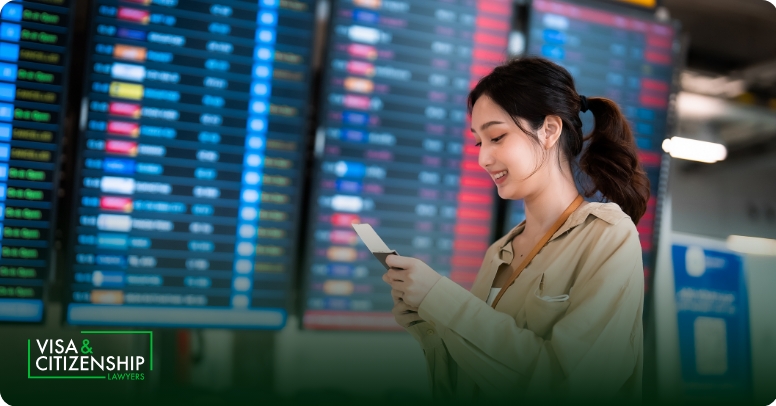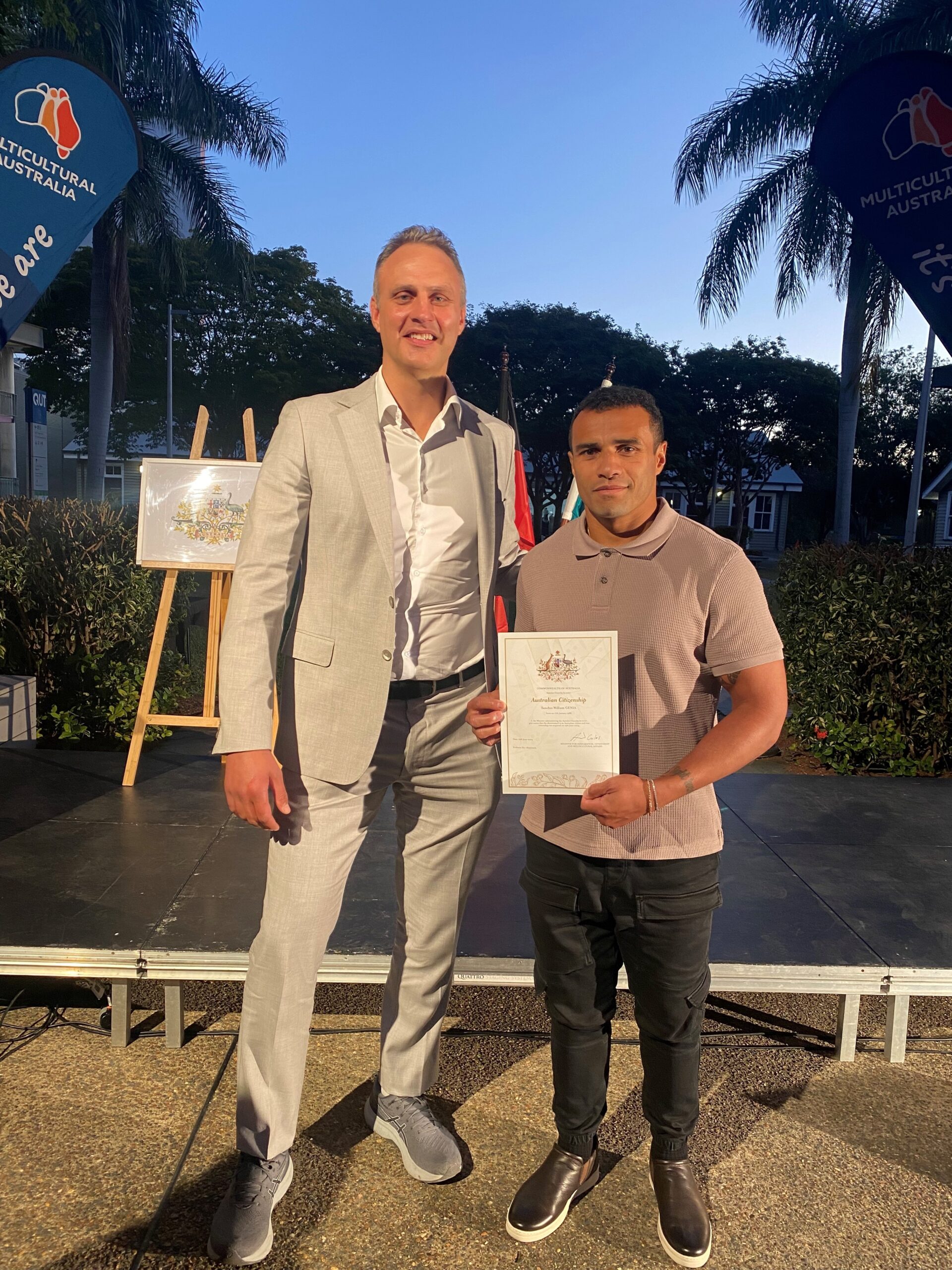
Contents
Introduction
If you hold a permanent visa in Australia but need to travel overseas and return to Australia, you should ensure that you have the right to re-enter Australia. Only Australian citizens are entitled to enter Australia.
There are two types of visas that you could be eligible for: the Five Year Resident Return Visa or the Three Month Resident Return Visa.
Your application will be assessed on the Five Year (155) visa first. If you do not satisfy the criteria for a 155 visa, your application will then be assessed on the Three Month (157) visa instead. If you are eligible for both, you will most likely be granted the 155 visa, because it allows you to travel for a longer period of time.
Am I eligible for this visa?
Firstly, you must be either one of the following:
- You are currently an Australian permanent resident
- You were an Australian citizen, but you renounced or lost your Australian citizenship
- You were an Australian permanent resident, but your permanent visa was cancelled.
You can be both in or outside at the time of grant.
Members of the same family unit must lodge a separate application form.
If you are applying for this visa while outside of Australia, you must satisfy special return criterion 5001, which states that you must not have been the subject of a deportation order under section 200 of the Migration Act (generally, you must not have been deported from Australia due to conviction for an offence, or if you are considered a threat to Australia’s security). Further, if you had your visa cancelled on character grounds, you will not have satisfied the special return criterion.
Five Year Resident Return Visa (155)
This visa enables you to depart Australia and re-enter as many times as you wish for 5 years.
To be eligible for this visa you must meet one of the following requirements:
You meet the Residence Requirement.
If you were in Australia physically while holding a permanent visa or Australian citizenship for a total of 2 years during the last 5 years, you meet the Residence Requirement. The number of years does not need to be consecutive.
1 year is 365 days; as such, 2 years is counted as 730 days. The day that you arrive in Australia and the day that you depart are both included in the count.
The Department of Home Affairs website has a Residence Calculator that could help you – however, you should always-double check your own records.
When applying online, the visa may be auto-granted based on existing movement records that the Department currently holds. However, some applications may be assessed manually.
If you do not meet this requirement, you could still be granted a 155 visa – however, the travel facility will only be 1 year. This means that you will be able to depart and re-enter Australia as many times you like for 12 months.
You don’t meet the Residence Requirement, but you have substantial ties in Australia.
If you don’t meet the above requirement, but you have substantial business, cultural, employment, or personal ties with Australia, you may still be granted a 155 visa in the following scenarios.
- You are currently outside Australia, and you departed Australia while holding a permanent visa or Australian citizenship (which has ceased your departure), and you were living in Australia as a permanent resident or citizen for a consecutive period of at least 5 years just before departing Australia.
- You are currently outside Australia, and you were an Australian citizen or permanent resident less than 10 years before the application, and you have not been outside of Australia for a period of 5 years total during the period starting the day you last departed Australia and the date of the application. If you have been outside of Australia for a period of longer than 5 years, you must show compelling reasons explaining your absence.
- You are currently in Australia, and have not been absent from Australia for a consecutive period of at least 5 years since the day you were granted your most recent permanent visa (or the day you ceased Australian citizenship). If you have been absent for a period longer than 5 years, you must provide compelling reasons explaining your absence.
Three Month Resident Return Visa (157)
If you do not meet any of the above criteria, you will be considered against the criteria for the 157 visa. You could be both in or outside of Australia at the time of application.
You were in Australia for more than 1 day, but less than 2 years, in Australia
If you have lived in Australia as a permanent resident or citizen for less than 2 years in last 5 years, and you do not have substantial ties in Australia, and you have compelling and compassionate reasons for departing Australia, you could be granted the 157 visa.
Compelling Reasons
Your reasons to leave Australia should be compelling. They must be real, genuine, and should compel the decision maker to grant the visa and allow you to travel.
Some examples of compelling reasons may include:
- Visiting parents and family who are ill
- Undergoing medical treatment for an existing condition
You should attach documentation evidencing your circumstances, such as a death certificate, letter of invitation, or flight itinerary.
Substantial Business, Cultural, Employment, Personal Ties of Benefit to Australia
If you do not meet the Residence Requirement, you’ll most likely need to demonstrate that you have substantial ties of benefit to Australia. If you’ve spent a long time living in Australia, it’s likely that you would have accumulated professional and personal relationships and commitments that the Department would consider beneficial to Australia.
For example, you may have business ties such as:
- Business activity in Australia or in another country that:
- generates revenue to Australia
- creates employment for Australians
- manufactures goods or provides services in Australia
- provides a connection between Australia and its trade partners
- introduces new technology or knowledge to Australia
- exports Australian goods, services, or knowledge and technology
- makes significant investments in Australia
such that the business would not be able to operate without your input.
Substantial employment ties could include:
- ongoing work in Australia
- employment at an Australian organisation that is located outside of Australia
Personal & cultural ties could include:
- immediate family, or members of your family unit, residing permanent in Australia
- personal assets in Australia, such as residential or investment property
- a long history of residence in Australia
- substantial community involvement in Australia, such as in the Arts or a sports group









